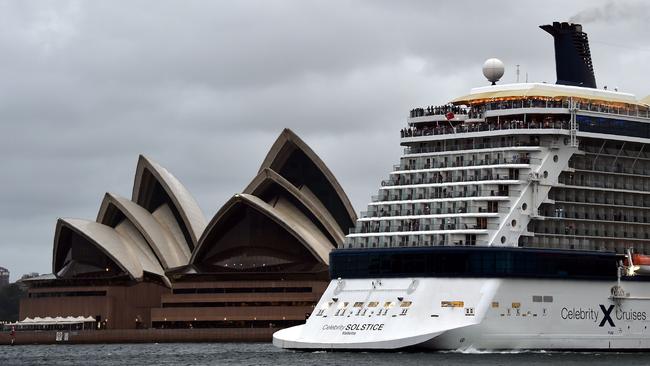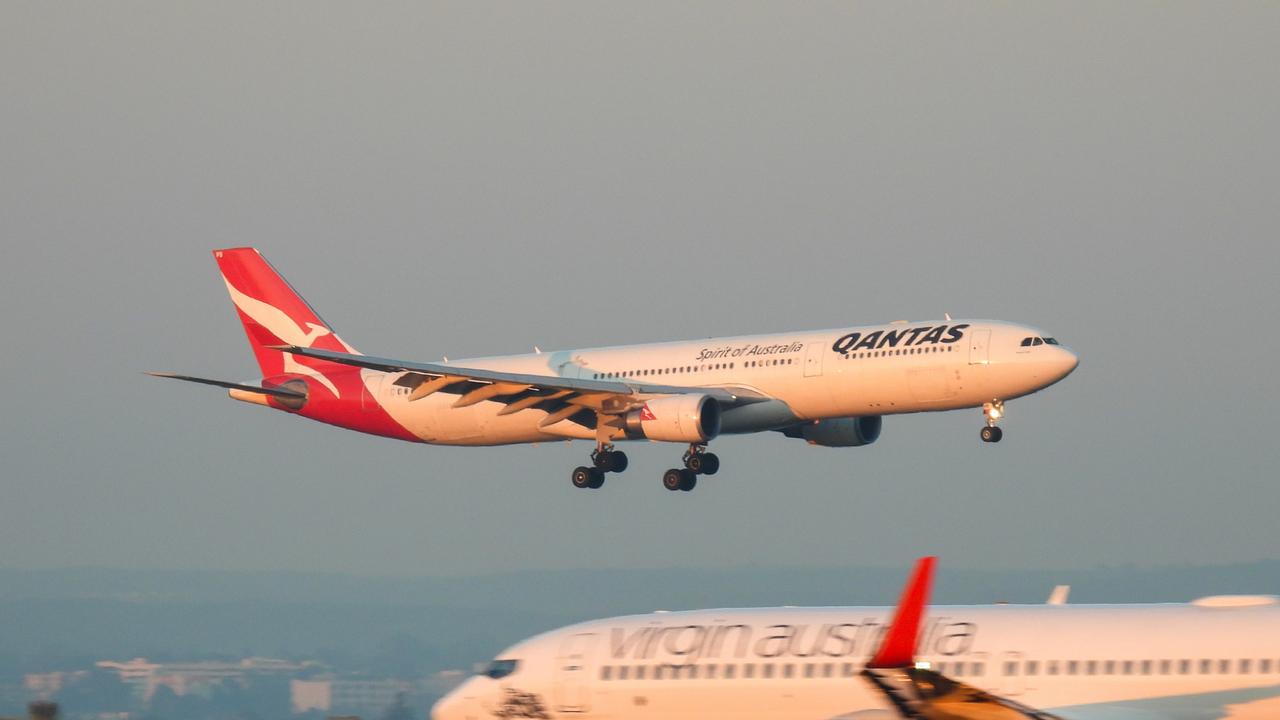Chinese spend leads the way in $39bn tourism bonanza
Chinese visitor spending helped pump up the economy to the tune of $39.1bn last year, growing 7 per cent.

Chinese visitor spending helped pump up the nation’s economy to the tune of $39.1 billion last year, showing growth of 7 per cent, but British holidaymaker spending dropped, as did visitor nights.
Uber was used by 14 per cent of visitors during their stay — principally by British, American and European tourists — while Airbnb was the most common website for private accommodation, according to the federal government’s International Visitor Survey.
The 10 major Asian markets recorded double-digit percentage growth in visitor numbers last year, while 17 of the nation’s key markets scored record numbers including, America, China, Singapore and Scandinavia.
Tourism Minister Steve Ciobo said the Japanese market was back, with spending by Japanese tourists growing 29 per cent in 2016 to reach $1.7bn, the highest level in a decade. Aviation capacity between Japan and Australia jumped 20 per cent last year.
New Zealanders dropped 7 per cent in terms of visitor nights to 14.9 million, while British spending dropped 3 per cent to $3.7bn and the country’s visitor nights fell 10 per cent to 23.9 million.
The longest staying visitors were Taiwanese, with an average of 63 nights, while Indians averaged 60 nights. New Zealanders averaged 12 nights and were among the shortest stayers.
Chinese holidaymakers spent an average $478 a night, Americans $311 and Singaporeans $303. Holidaymakers and education tourists were the biggest contributors to the growth.
The Assistant Minister for Trade, Tourism and Investment, Keith Pitt, will tell the Canberra Aviation and Corporate Travel Summit today the government is helping to create the best market conditions for the development of the tourist sector. He said the government aimed to make it easier for travellers to come to Australia from key markets such as China.
“A new air services agreement will allow unlimited flights to and from points in Australia and China, including international airports in regional Australia.”
Jo Sully, American Express Global Business Travel, Australia & New Zealand vice-president, said Shanghai was consistently one of the highest ranked cities for business travel to Australia.
“Considering we have recently seen China become the largest business travel market in the world, it makes sense to prepare for inbound business travel to rise.
“While Shanghai to Sydney is the most popular route for Chinese business travellers to Australia, the commencement of international flights from Canberra Airport, as well growing interest in other major Australian cities, will enable greater choice and stimulate business growth.”



